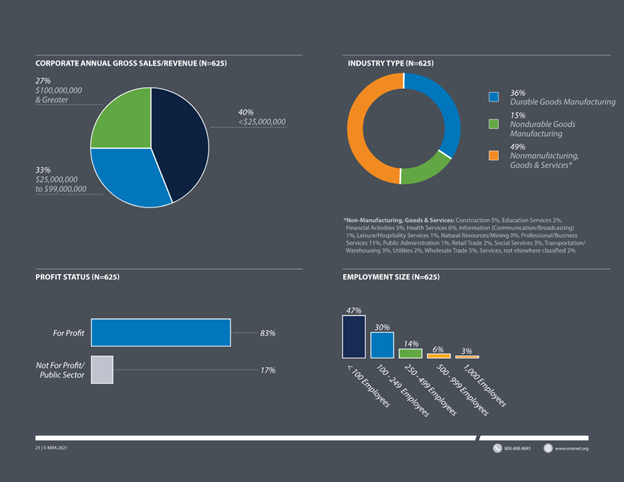Let's Talk Turnover
We heard a lot about joblessness rates in 2020 with record or near record unemployment across industries.
Voluntary turnover got less airtime but prepare to hear much more about tenured employees changing jobs in 2021. A study published in late February 2021 by MRA, an employment organization for thousands of small and mid-sized companies, reported that for the first time, employees with 5 or more years of service are leaving organizations at a faster rate than their peers. We historically worried about turnover in employees under that 5-year mark.
Possible reasons for newer employee staying on the job include better onboarding experiences and a greater focus on development. Top reasons for turnover are retirement, leaving for similar work elsewhere, and involuntary turnover due to performance.
There are ripple effects of turnover with visible and hidden costs. Those left behind are often picking up the slack during vacancies, which can lead to burnout, lower morale, and further increased turnover. Absenteeism may increase, as well as medical and mental health costs.

This graphic by MRA show turnover by industry, sales, status, and employment size.
Fast Company, Inc. released its own survey in the last week of February reporting that 52% of middle earners and 46% of higher earners in America are considering a job change this year. What can business owners and leaders do?
Ways to Reduce Turnover
- Analyze turnover statistics to know who is leaving the organization
- Conduct exit surveys to understand why they are leaving
- Act based on what you hear, that may include process improvements, managerial changes, and leadership training (studies still show that quality of leadership is the #1 reason people leave businesses, specifically their direct supervisor)
- Foster stronger communications, ensure all employees feel like they are important enough to be kept informed about the business, its customers, leadership, goals, and financial results
- Periodically benchmark compensation and benefits to remain competitive
- Conduct stay interviews, check in with employees to find out what keep them engaged and motivated
- Create succession plans for business continuity AND to give employees inspiration about what future opportunities exist for them within the company
Consultant’s Tip: Analyze turnover beyond why people say they are leaving and look for patterns across demographics for insight into whether people leave (or stay) in any noticeable patterns of age, race, gender, ethnicity, educational level, etc.